Did you ever stop to think about how you would describe a straight line? Sounds easy, but be honest, you’ll probably end up calling it a line that isn’t curved or something similar. Describing it as what it’s not rather than what it is. Even my American Heritage Dictionary defines straight as extending continuously in the same direction without curving.
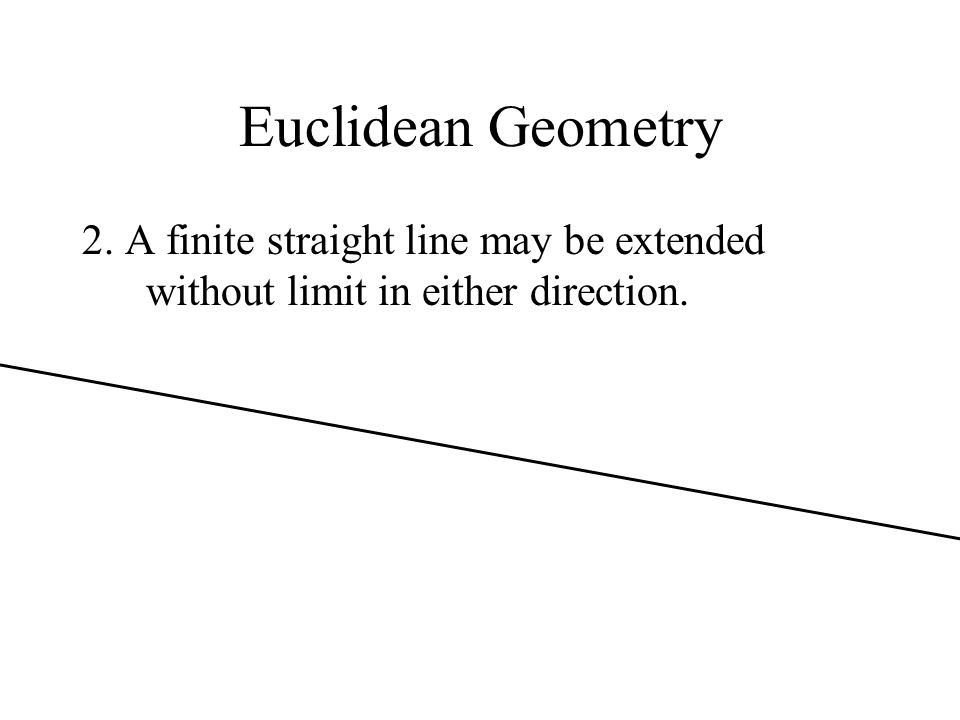
A straight line seems like something so intuitive that we scarcely give it a second thought. In fact the Greek and other classical mathematicians like Pythagoras or Euclid just defined a straight line as the shortest distance between two different points and then extending out to infinity in both directions from there.
So obvious, yet so difficult to put into words was the concept of a straight line that nobody really thought about the problem until Einstein. You see in his Special Theory of Relativity Einstein had developed the concept of space-time that recognized that measurements of both time and space looked different to observers who were traveling at close to the speed of light relative to each other. Then, as he tried to incorporate the force of gravity into his ideas he found that he could describe the path of a particle in a gravitational field as following the straightest possible line in a ‘curved space-time’. The core principle of the general theory of relativity is that gravity bends space and therefore a truly, that is Euclidean straight line can only exist in an empty Universe.
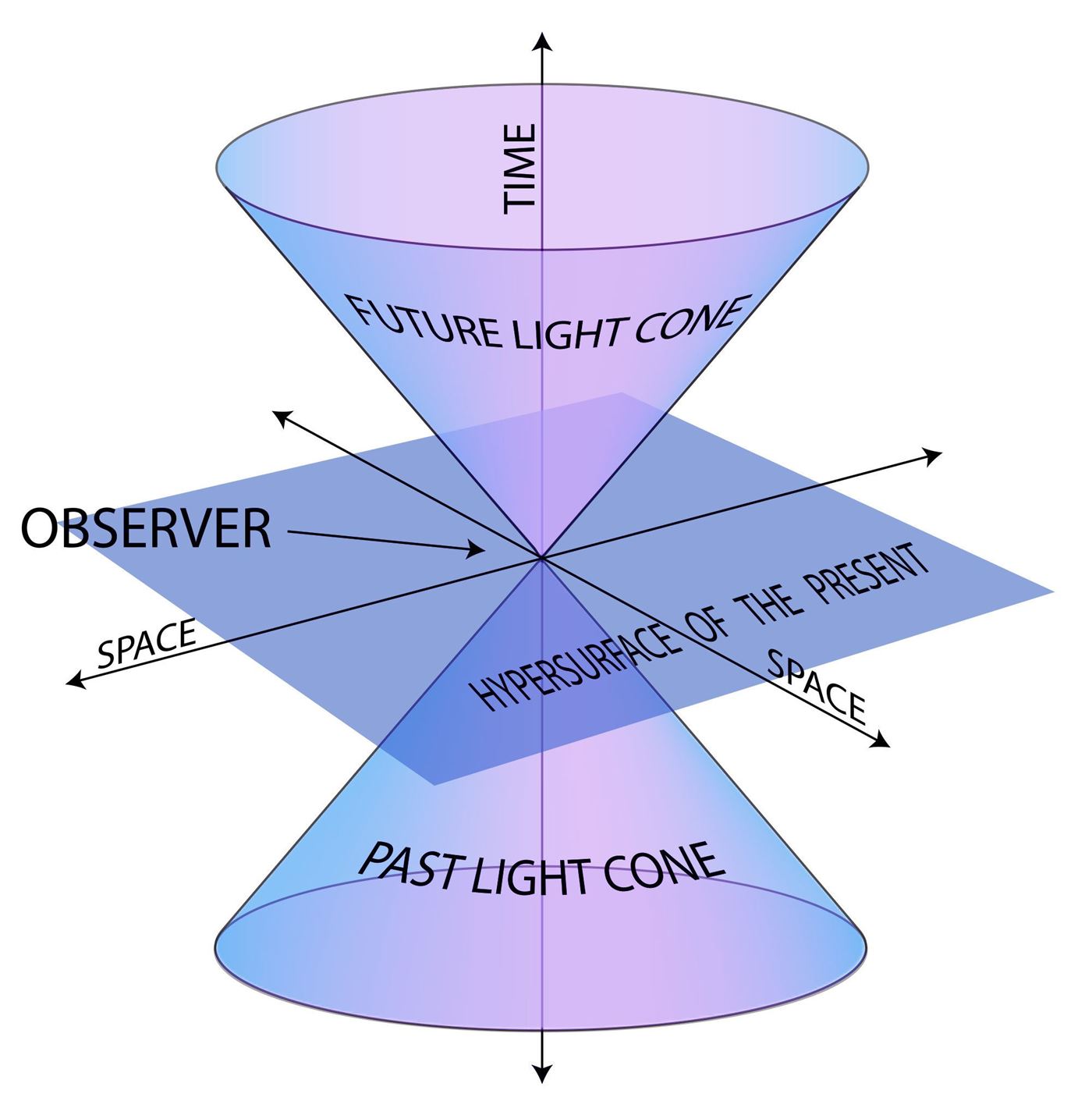
In 1915 mathematician Karl Schwarzschild, not Einstein found an analytic solution to Einstein’s general field equations that indicated that a gravitational field could become so strong that it would bend space-time a full 90º. In that case later physicists realized that any object, even a particle of light that got too close would never be able to get back out, it would just continue falling forever into what became known as a black hole. Just to give you an idea of how concentrated the gravitational field of a black hole is you would have to take the entire mass of our Sun, 300,000 times the mass of the Earth and squeeze it down to just about one and a half kilometers in radius for it to form a black hole, and you would have to squeeze the mass of Earth down to less than half a centimetre to make it a black hole. No evidence for the existence of black holes was found during Einstein’s lifetime and he himself was never sure whether they were real or just a theoretical oddity, Schwarzschild died in WW1 just months after making his discovery so he never even considered the problem. It’s really only in the last few decades that enough evidence has accumulated to convince the majority of physicists that black holes are real.

Then in 1935 Einstein and his assistant Nathan Rosen were considering the problem of the fields associated with elementary particles. They were trying to describe elementary particles as something very similar to a black hole when they mathematically derived a formula for a black hole in one ‘space’ connecting up with another black hole in another ‘space’. Formally this is known as an Einstein-Rosen bridge but the concept has popularly become known as a wormhole in space.
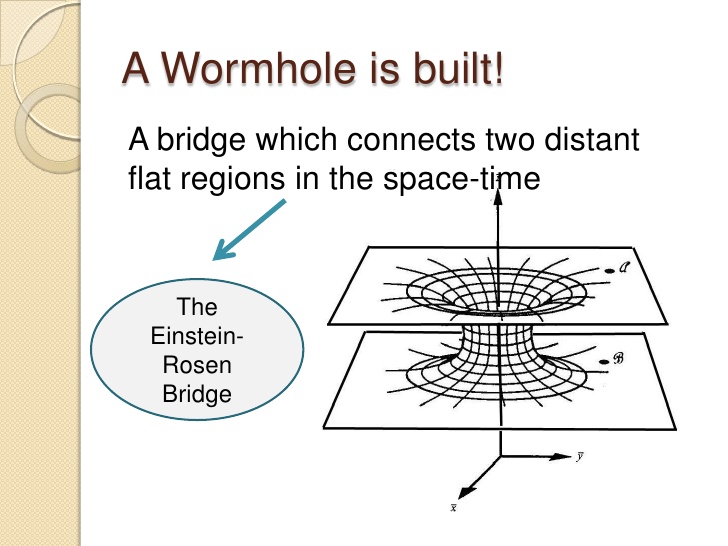
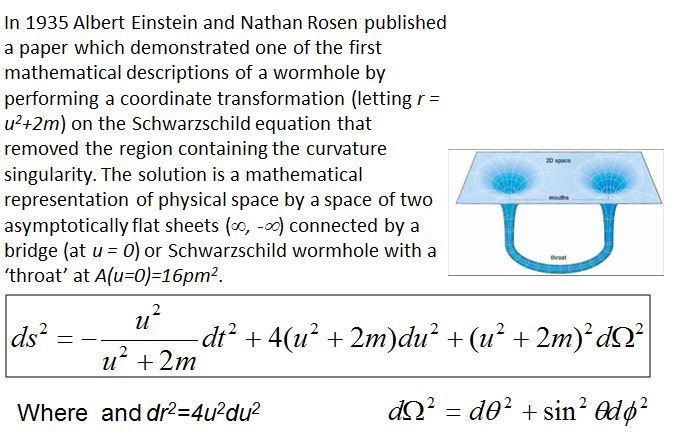
Wormholes have become known to all Science Fiction fans as a shortcut through space, a path between two distant places in the Universe that is shorter than an Einstein straightest possible line in normal space. A wormhole would therefore be one way to circumvent the cosmic speed limit imposed by the velocity of light. All a space traveler has to do is drop inside a wormhole and come out in some part of space that is thousands, or millions or billions of light years away. Since the distance through the wormhole is shorter than the distance in normal space you’re not actually going faster than light even though you’re getting there faster than a beam of light could.
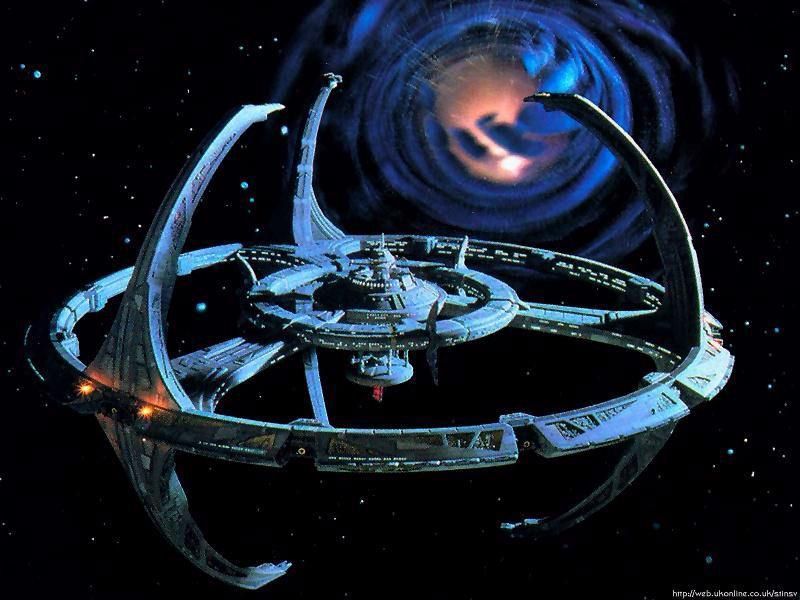
Now it took a long time for astronomers to gather enough evidence to support the idea of black holes but that was easy compared to finding evidence for wormholes, at present there is simply none. One of the difficulties is that from the outside, and thousands of light years away, how can you tell the difference between a wormhole and a black hole? In fact it is quite possible that some of the black holes we know about, say the supermassive one at the center of the Milky Way, could actually be wormholes connecting up to other black holes elsewhere in the Universe.
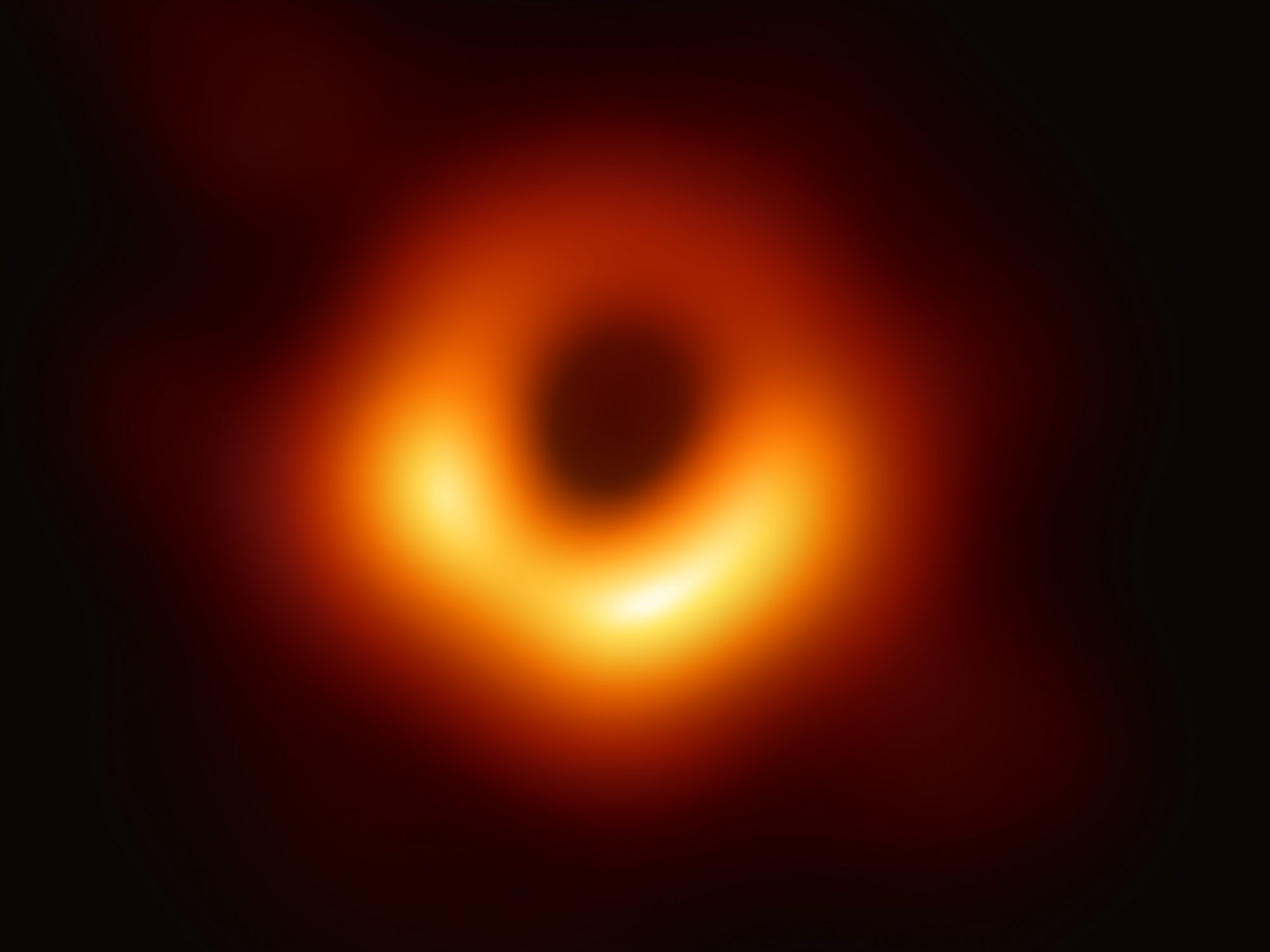
Now a team of theoretical physicists at Central Astronomical Observatory Pulkovo in Saint Petersburg Russia has published a paper in the Monthly Notices of the Royal Society where they discuss certain characteristics of wormholes that should allow astronomers to distinguish them from black holes. The key difference between the two types of object of course is that while even light can’t come back out of a black hole a wormhole allows two-way traffic. That is, things can go into this end of a wormhole and come out the other while things that go into the other end can come out of this end.

The Russians considered two possibilities; the first was that gas flowing in from both ends could collide in the middle of the wormhole. Those collisions would generate heat and that heat could be detected as a recognizable spectrum of gamma rays. The second possibility was that the gravitational fields of objects on the other side of the wormhole might leak through and effect the motions of objects on this side. In fact it was by observing the motions of stars at the center of our galaxy that the supermassive black hole there was first discovered.
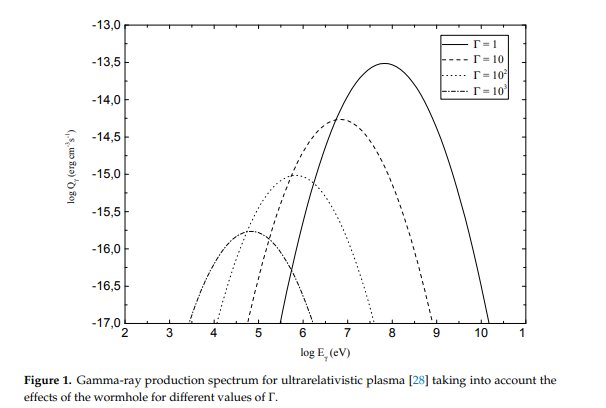
Now this paper is about theoretical calculations, astronomers have not yet begun to search for the predicted signs of a wormhole coming from what are presently considered to be black holes. There is a growing interest in black holes throughout the astronomical community however so I’ll bet it won’t be long before somebody starts searching. In fact a quick and cheap way to start the search would be to re-examine existing data already taken of black holes.
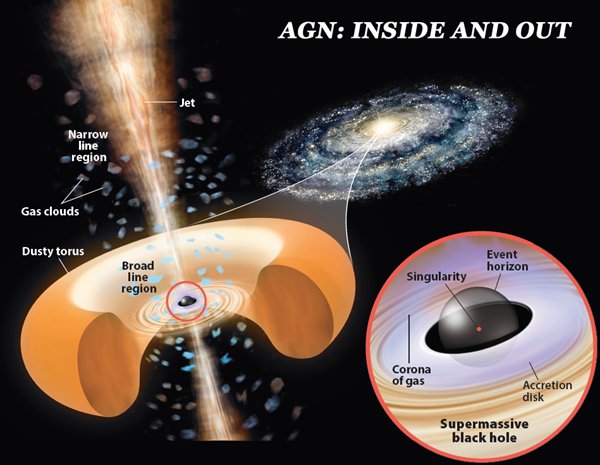
How long it will take before wormholes are discovered is anybody’s guess at present. However, considering the length of time it took for the existence of black holes to be accepted it could take quite a long time. Still, if wormholes are proven to exist it would be further proof, if any more were needed, that the Universe in which we live is a truly weird and wonderful place.
